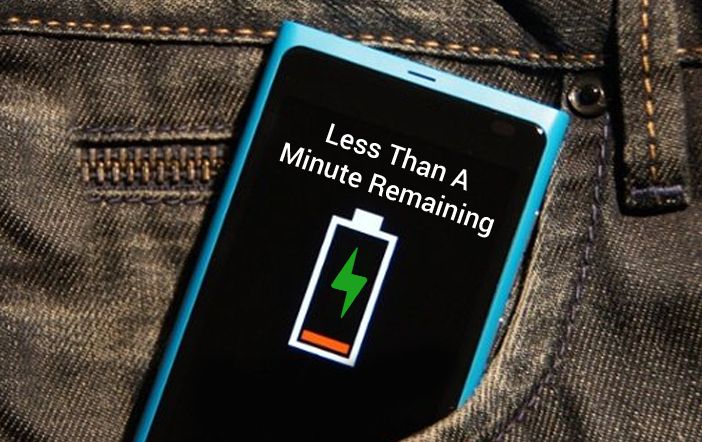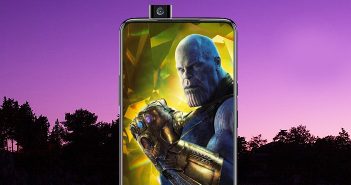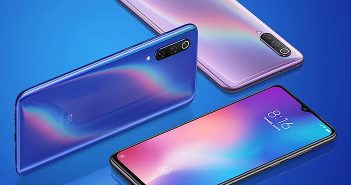Charging your Smartphone for hours turns into pain sometimes. But charging your smartphones for hours may soon become a thing of the past. Scientists have developed a new battery technology to let the electronic devices charge in seconds.
Scientists, including one of the Indian-origin at University of Central Florida (UCF) in the US, have built up a process which creates flexible supercapacitors which are competent to have additional energy storage and can be recharged over 30,000 times without getting degraded. Nitin Choudhary who is a postdoctoral associate at UCF said that the supercapacitors involve high-capacity, ultra-fast-charging batteries which are over 20 times more durable than a usual lithium-ion cell. With this, you may possibly charge your mobile devices in a few seconds and wouldn’t require charging it for over a week.
The supercapacitors could get charged very rapidly. Rather than using chemical reactions in batteries, they statically store the electricity on the exterior of a material. This needs ‘two-dimensional’ material sheets which are having a larger surface area on which the electrons could get hold. These supercapacitors are yet not available for the commercial purpose; however, it could be used in latest mobiles, electronic gadgets, and even in electrical vehicles. At present, the research is in early days.
The conventional smartphone batteries have its own problems. After a use of 18 months or so, the charge holding capacity of the battery goes for less and less as it begins to degrade. The team of scientists has been examining the use of nanomaterials for improving the supercapacitors. This could improve or even replace batteries in electronic devices. While so, there is still a problem for using this technology in mobile phones, because the supercapacitors which could hold the energy as much as a lithium-ion battery would require the much larger surface to store the charge on.
Hence, the team experimented the technology with the application of newly discovered two-dimensional materials. The other researchers also tried the formulations of graphene and other two-dimensional materials but resulted in limited success. The team has developed a simple chemical synthesis process which could get integrated with the existing materials with the two-dimensional materials.
Moreover, the cyclic stability of the new supercapacitors battery technology is over 30,000 times. The cyclic stability describes the number of times the battery could get charged, drained and recharged prior to the starting of degradation. For instance, a lithium-ion battery could get recharged for less than 1,500 times, whereas the new batteries could be recharged 30,000 times without degradation.
The new battery technology is still a concept and the commercial availability of which is not possible yet. Meanwhile, you can buy big battery mobiles which could save the day. Here’s a list of smartphone you could buy right away.
- Micromax Canvas Juice 3 – Rs 5,999 on Shopclues
- Motorola Moto E3 Power – Rs 7,999 on Flipkart
- Meizu M3 Note – Rs 10,499 on Tatacliq
- Intex Cloud Zest – Rs 4,999 on Shopclues
- Asus Zenfone Max (3GB RAM) – Rs 9,999 on Flipkart
- Lenovo Vibe P1 Turbo – Rs 15,815 on Snapdeal
- Xiaomi Redmi Note 3 – Rs 9,999 on Flipkart




